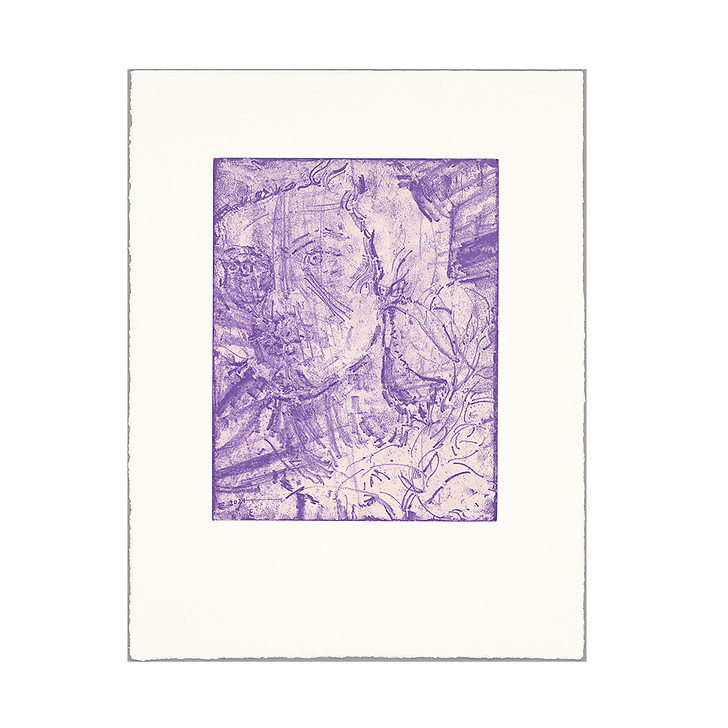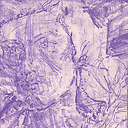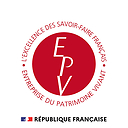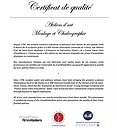Engraving The Friend (from a work by Titien) - Elizabeth Peyton
KM011493
Elizabeth Peyton's revelation as an artist came when she discovered the works in the Louvre through books. One of her first fascinations was Titian's Man with a Glove (1520-1522), one of the most famous paintings by the Venetian master.
The spontaneous process of using soft varnish, known as "à la manière...
Read more
Elizabeth Peyton's revelation as an artist came when she discovered the works in the Louvre through books. One of her first fascinations was Titian's Man with a Glove (1520-1522), one of the most famous paintings by the Venetian master.
The spontaneous process of using soft varnish, known as "à la manière de crayon", enabled him to draw freely through paper directly onto the varnish of the metal plate. This direct, unrepentant technique offers an element of randomness to the creative process, which Elizabeth Peyton welcomed as a creative opportunity for this intimate portrait.
A subtle, bold palette of colours reveals the strength of the features, helps to capture the expression, and adds depth to the composition. The result is a figurative print of great graphic sensitivity, with a masterful technique of expression and quick, sharp strokes.
L'Ami (after Titian) by Elizabeth Peyton is a magnetic, timeless portrait, tinged with a modern sensibility, reflecting a precise, tender and intimate moment that gives L'Homme au gant a contemporary face and recalls the ancestral skills of the craftsmen of the Atelier de chalcographie du GrandPalaisRmn.
Close
Login to see prices
Sold by GrandPalaisRmn






